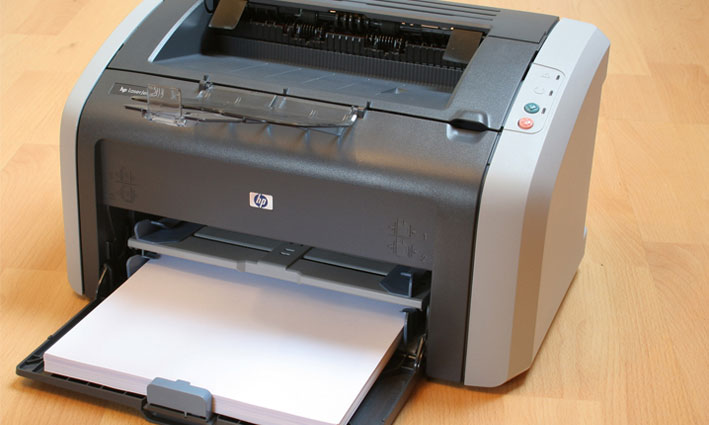This technical article describes a project undertaken by OPEM to optimize and validate the laws of motion governing the moving operations of a machine that produces coffee capsules, namely the cut and weld unit, the film feeder, the conveyor and the support structure.
Capacity is the most important feature of an automatic packaging machine since it defines its main competitive advantage. As a result, OPEM’s designers are constantly looking for new solutions to increase the capacity of their machines without compromising costs, size and efficiency. The main objective of this project was to increase the machine’s capacity by 25% without affecting the architecture and size of the machine. Using an iterative approach, EnginSoft’s engineers generated multibody models developed in RecurDyn, to assist OPEM’s designers to reduce the cycle time for performing the moving operations by well over 25%. Read the articleCASE STUDY
A fascinating article on the origin, history, and evolution of roller coasters from their earliest prototypes in Russia in the 16th century on the banks of the Neva River of St. Petersburg, and then dives into detail on how numerical simulation of roller coasters works to ensure their success both as entertainment and from a safety perspective for users and operators.
mechanics civil-engineering construction optimization

CASE STUDY
The final portion of the paper path of a laser printer has been studied using the Media Transport Toolkit to evaluate the influence of the corrugating roller which is used to corrugate the sheet to keep it straight before falling into the tray.
recurdyn multibody mechanics consumer-goods